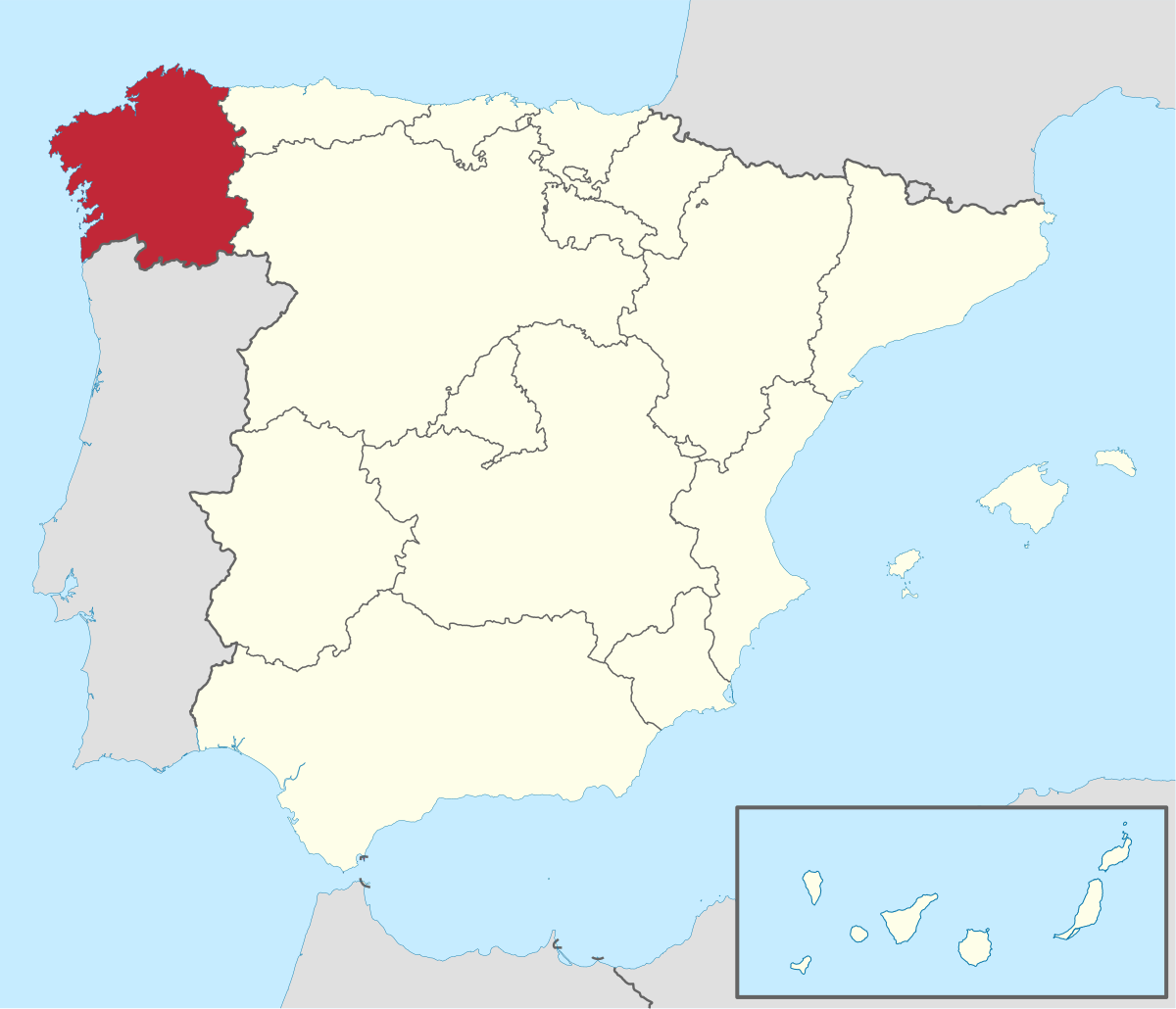In this piece - Pase el agua - see http://www.solovoces.com/sites/defau...uras/sv075.pdf in bars 9 and 10 the top two vocal parts cross over - as written in the score here. Is this normal, and would most singers be happy with that? The clue is the way the stems go up and down.
If transcribed for keyboards there would probably be no need to keep the voice parts separate, so keyboard and other players might not notice this.
If transcribed for keyboards there would probably be no need to keep the voice parts separate, so keyboard and other players might not notice this.



Comment